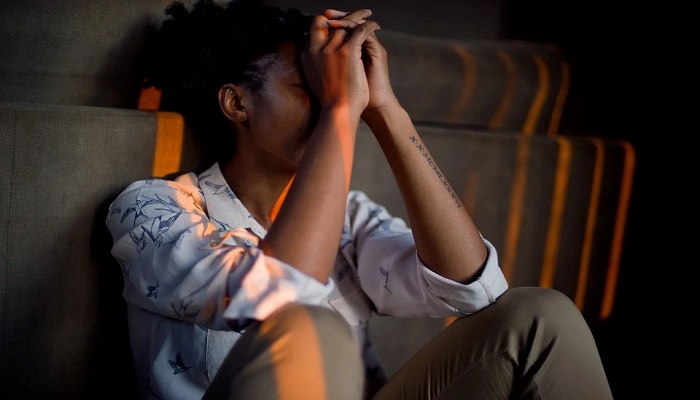Showing your stress to people could actually be good: study
A research fellow at Nottingham Trent University in UK says that behaviours accompanying stress such as heart rate are not functionless
June 14, 2022

- Visible signs that communicate that person is going through stress make them more appealing.
- Stress has communicative function.
- People act warmer and gentler with those whose stress shows.
New research has shown people treat you better and respond in better ways if you openly exhibit signs of anxiety or stress.
According to the study, visible signs that communicate that a person is going through stress make them more appealing, allowing others to treat them warmly, reported BBC.
The research encourages people to not try extremely hard to hide their anxiety and let people see it.
Jamie Whitehouse, a research fellow at Nottingham Trent University in the UK, said that the behaviours accompanying stress such as the heartrate are not functionless.
"They actually have communicative functions," said Jamie.
In 2017, Whitehouse found evidence to support the concept. He observed 45 rhesus macaques in Punta Santiago, Puerto Rico. He found that those who nervously scratched themselves if an individual from higher-ranking were around received warmer behaviour from the other monkey.
This led Jamie to experiment on humans as well.
The 23 participants of his study's research underwent the “Trier Social Stress Test”, which induces anxiety. They were recorded while they performed their tasks such as fake interview or an on-spot arithmetic test.
Next, 133 participants were asked to rate the fake interviews. People who watched the video were able to recognise the stress in the interviewees. The identification came from non-verbal signs.
“This tells us that these behaviours are not just functionless but by-products of stress, but actually have communicative functions,” Jamie says.
Research then indicates that our stress being exposed has benefits.
In another experiment conducted by Christopher Thorstenson, an assistant professor at the Rochester Institute of Technology in New York state, people were shown images of "embarrassed faces".
They were told that these embarrassed individuals had apologised. The respondents were then asked whose apology they thought was more sincere.
Images of people that looked more embarrassed i.e. had more blush on their faces were rated more on sincerity.









